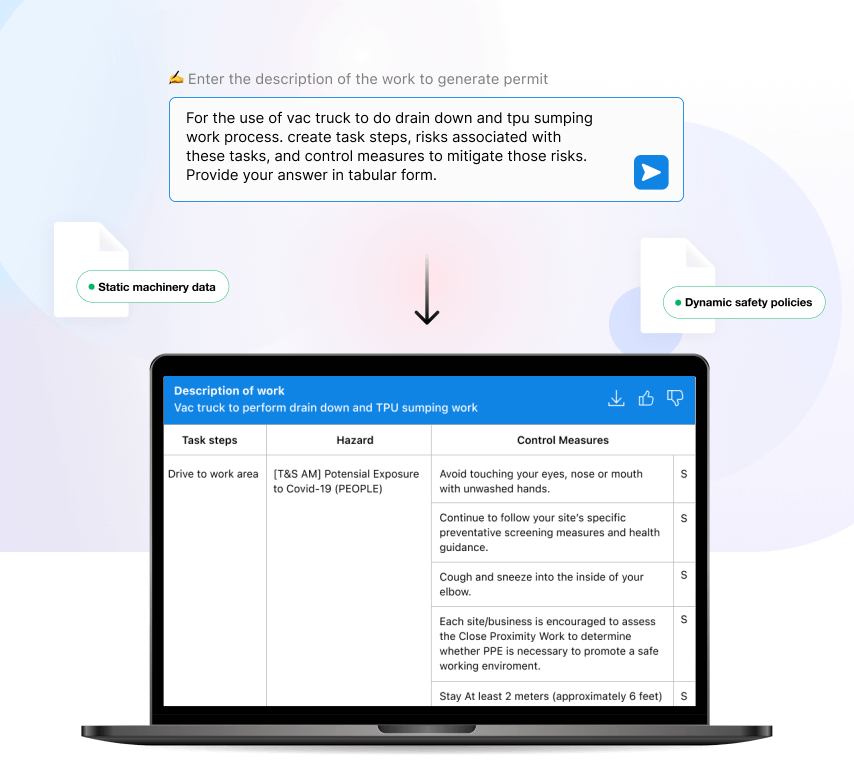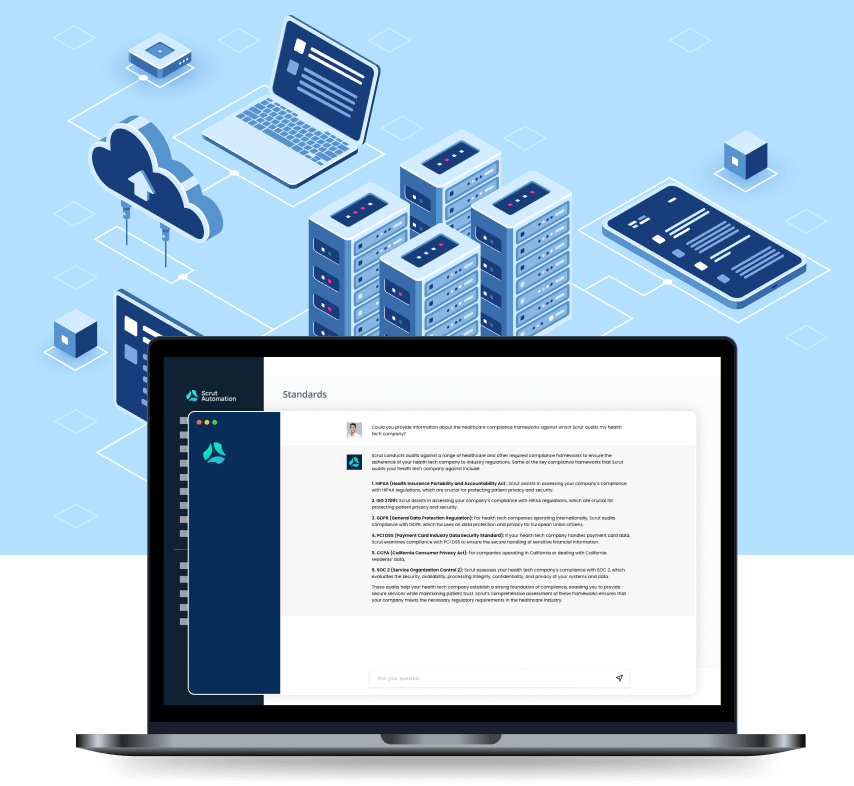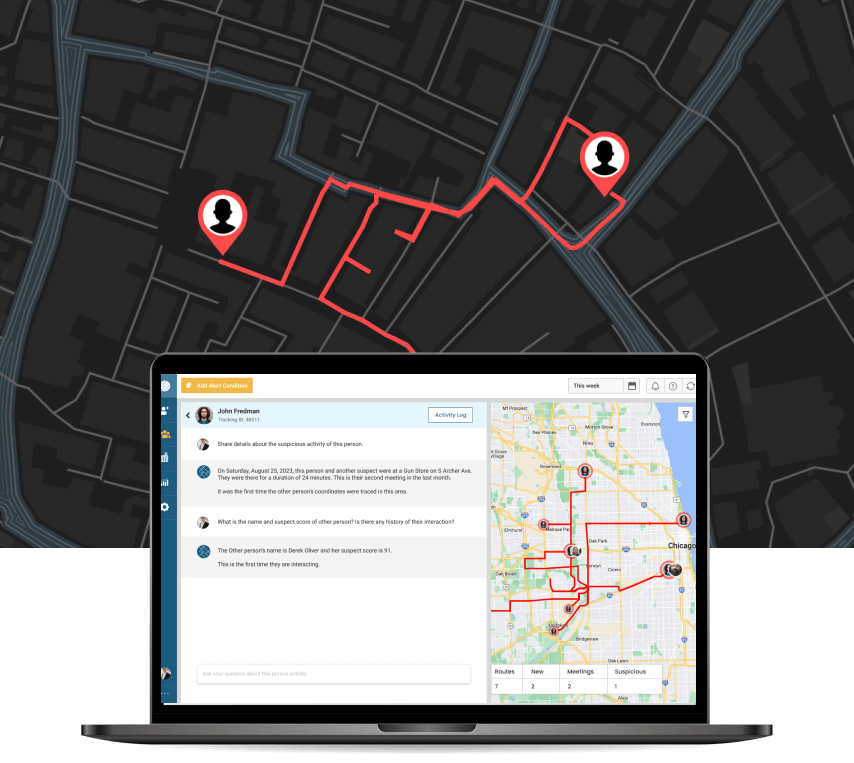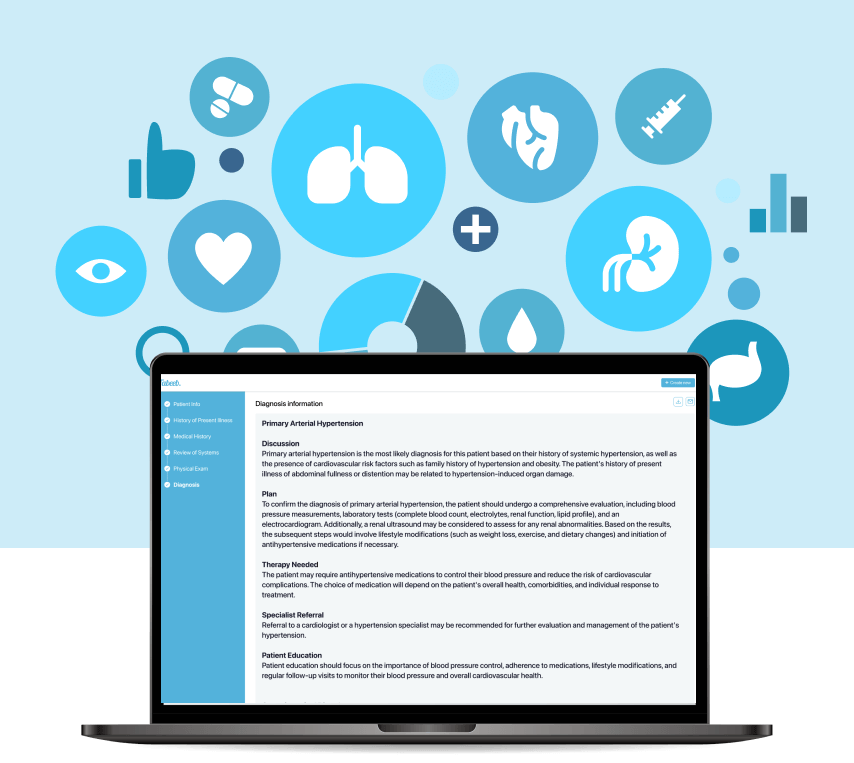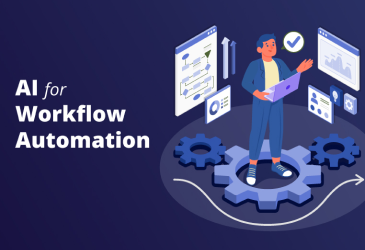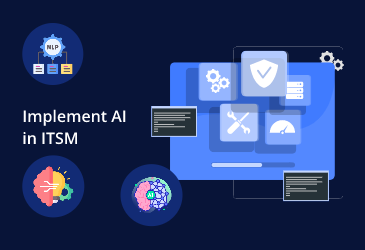Embeddings As a Service
Our proficiency in working with various data types and creating vector embeddings for diverse tasks enables us to provide you with the most fitting and reliable embeddings for your AI-powered solutions. With our comprehensive suite of services, we are equipped to handle all your needs, from custom embedding model development to pre-trained embeddings and API integration.
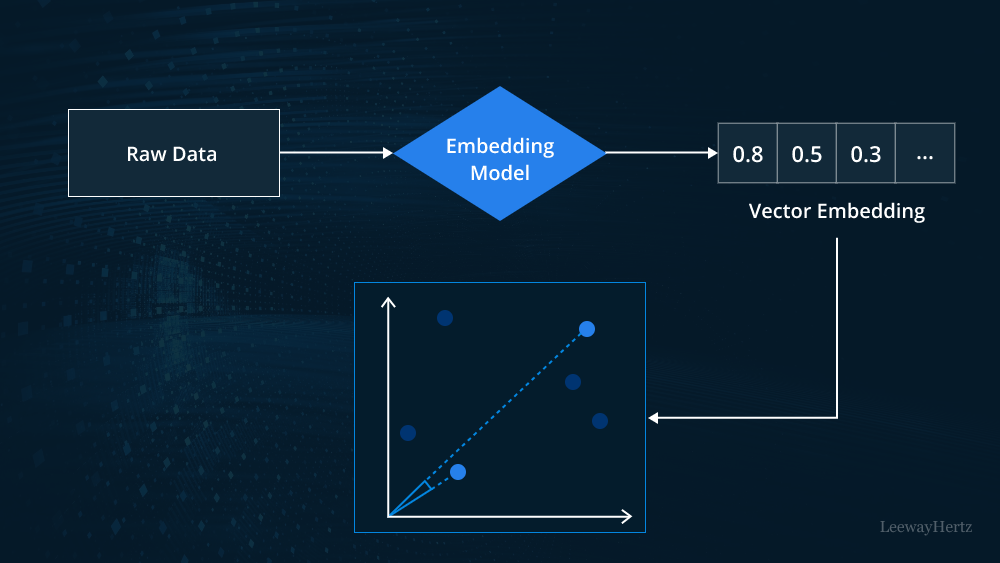


AI Developers
Software Products Delivered
AI Solutions
Total Years of Experience
Our Vector Embedding Services

Embedding Model Training
We train embedding models using your data to develop embeddings that capture the nuances of your language and domain. We can also fine-tune a pre-trained model to ensure that the embeddings are tailored to your business-specific needs, resulting in higher accuracy and performance for your application.

Pre-trained Embeddings
Our pre-trained embeddings, comprising word, graph, image, and video embeddings, are designed to improve the accuracy and efficiency of different AI-based tasks, making them a valuable resource for businesses looking to integrate machine learning into their applications.

API Integration
We provide embedding APIs that you can integrate into your applications seamlessly to expand their capabilities. By integrating our APIs, you can access our vast vector database comprising word, image, and video embeddings to equip your AI solutions with features such as clustering, classification and similarity search.

Evaluation and Benchmarking
We offer a comprehensive evaluation and benchmarking service that helps you determine the quality and performance of your embeddings, allowing you to identify areas for improvement and optimize them for optimal performance.
Types of Vector Embeddings We Provide

Text Embeddings
We convert text data into their vector representations using techniques like Word2Vec and GloVe to capture semantic similarity among words. Our word embeddings enable you to extract the meaning and context of your textual data, helping build NLP-based solutions like search engines and recommendation systems.

Video Embeddings
We use CNNs, RNNs and other methods to extract features and patterns from your video data and encode it into a dense representation, which helps identify important scenes, objects and activities in videos. Our video embedding service can improve the accuracy and effectiveness of applications, such as video recommendation systems and video captioning tools.

Audio Embeddings
We analyze audio signals, extract their unique features or aspects, such as spectral characteristics and acoustic content, and convert them into audio embeddings, the compact numerical representations of the audio signals. These audio embeddings can be used for various purposes, including building speech recognition and music recommendation systems.

Custom Embeddings
We pick the most appropriate embedding model for your data type and then train it with your data to develop custom embeddings specifically tailored to your business needs. We ensure that the custom embeddings capture your data’s most important features and patterns and are well-suited for the intended tasks.
Tech Stack
AI Frameworks
Cloud Platforms
Integration and Deployment Tools
Programming Languages
Databases
Embedding Models
Algorithms
Supervised/Unsupervised Learning
Clustering
Metric Learning
Fewshot Learning
Ensemble Learning
Online Learning
Neural Networks
CNN
RNN
Representation Learning
Manifold Learning
Variational Autoencoders
Bayesian Network
Autoregressive Networks
Long Short-term Memory (LSTM)
Our Artificial Intelligence Portfolio
LLM-powered Application for Safer Machinery Troubleshooting
LeewayHertz collaborated with a top-tier Fortune 500 manufacturing company to develop an innovative LLM-powered machinery troubleshooting application. This innovative solution streamlines machinery maintenance, elevates safety protocol adherence and mitigates operational risks of the firm. By seamlessly integrating static machinery data and dynamic safety policies, the application provides quick access to relevant information for troubleshooting issues while also enhancing safety with clear and detailed instructions on equipment handling.
Generative AI Application
LLM-powered App for Compliance and Security Access
Data Analysis
Geospatial Data Analysis
Generative AI Solution
GenAI-based Clinical Decision Support System
Big Brands Trust Us
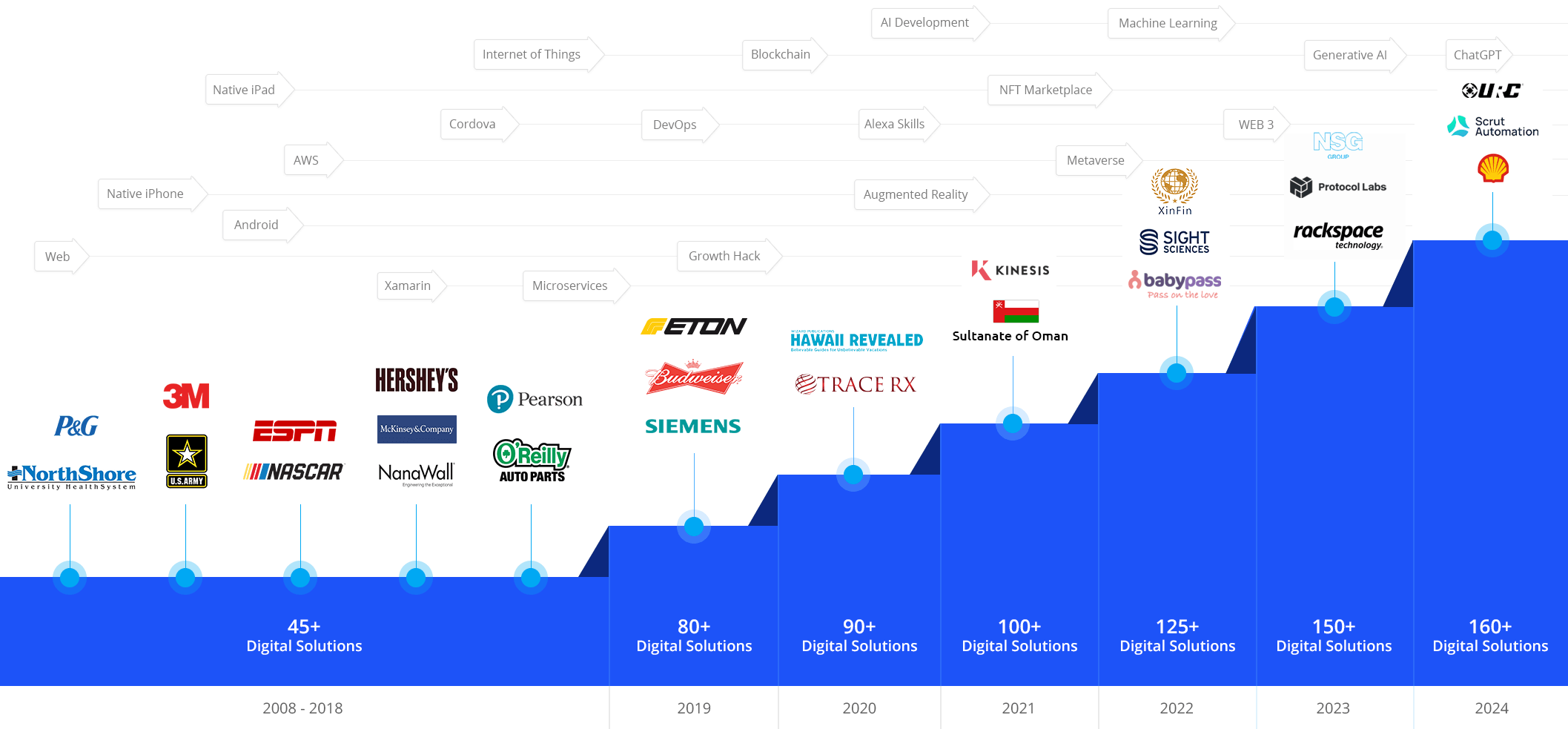
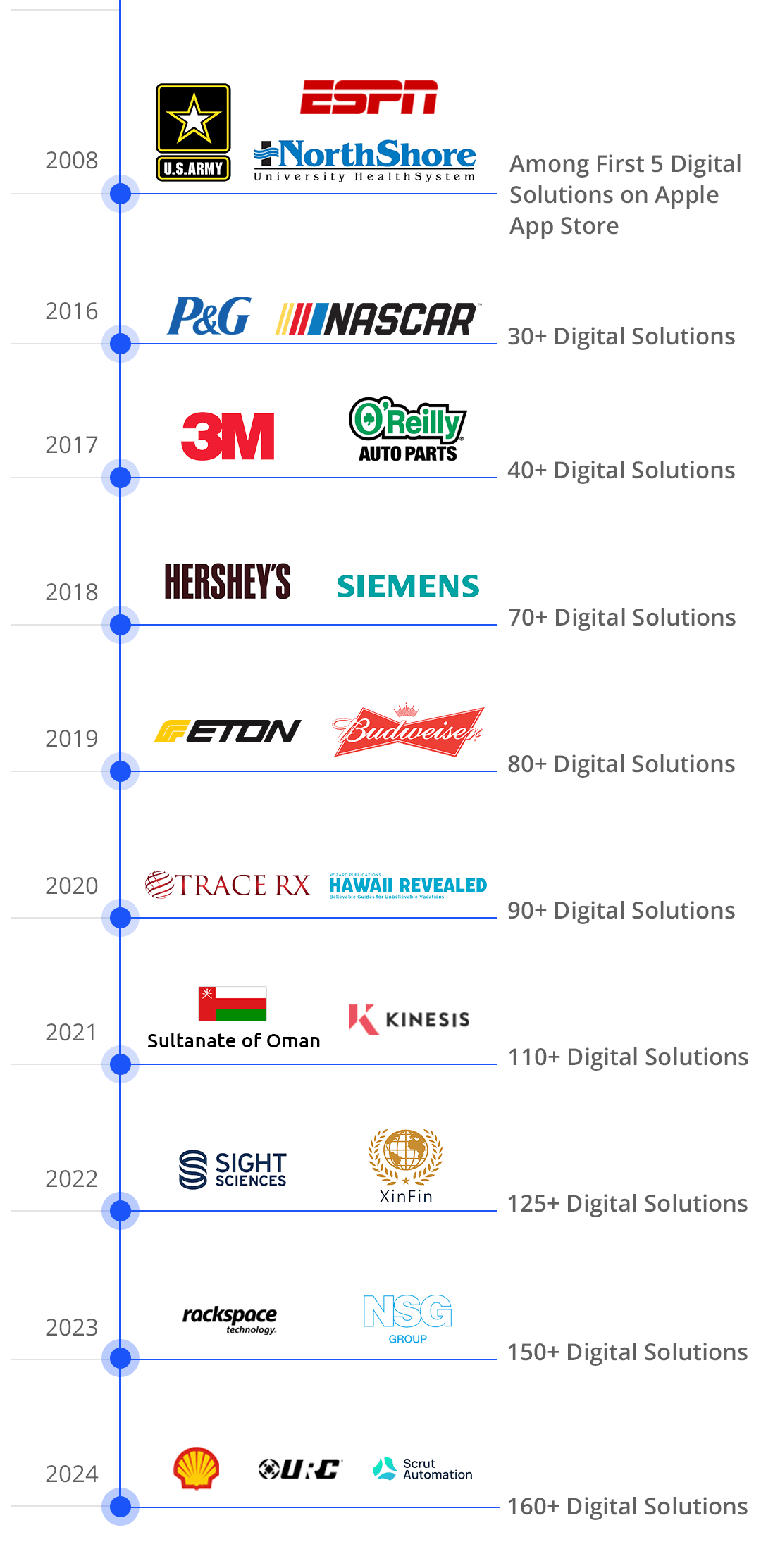
Our Engagement Models

Dedicated Development Team
Our developers leverage cutting-edge cognitive technologies to deliver high-quality services and tailored solutions to our clients.

Team Extension
Our team extension model is designed to assist clients seeking to expand their teams with the precise expertise needed for their projects.

Project-based Model
Our project-oriented approach, supported by our team of software development specialists, is dedicated to fostering client collaboration and achieving specific project objectives.
Get Started Today
1. Contact Us
Fill out the contact form protected by NDA, book a calendar and schedule a Zoom Meeting with our experts.
2. Get a Consultation
Get on a call with our team to know the feasibility of your project idea.
3. Get a Cost Estimate
Based on the project requirements, we share a project proposal with budget and timeline estimates.
4. Project Kickoff
Once the project is signed, we bring together a team from a range of disciplines to kick start your project.
Start a conversation by filling the form
All information will be kept confidential.
FAQs
What is Embeddings as a Service?
Embeddings as a Service involves creating and delivering embeddings to clients for their projects. The methods used include custom embedding development, fine-tuning existing embedding models and providing pre-trained models.
Our Embeddings as a Service enables businesses to create or improve search engines, recommendation systems and other applications that rely on semantic similarity among vectors.
What are the benefits of leveraging LeewayHertz’s Embeddings as a Service?
Our Embeddings as a Service provides many benefits for developers, including:
-
Reduced development time and costs: By using pre-trained embedding models, developers can avoid the time and expense of training their own models.
-
Improved accuracy: Pre-trained models are often trained on large datasets, which can improve the accuracy of the embeddings.
-
Increased flexibility: We create embeddings using a wide range of embedding models that can be customized to suit specific applications and use cases.
What types of vector embedding services does LeewayHertz offer?
We embed various data types, including text, images, audio and video. Text data is the most commonly used data type, with their embeddings used for sentiment analysis, topic modeling and language translation applications.
How do I integrate embeddings into my application?
We provide APIs that allow you to integrate our embeddings into your applications easily. Developers can request the API to return the desired data embeddings in a standardized format such as JSON or XML.
Can I choose the type of embedding service that suits my business needs?
Yes, our company offers a range of embedding services that can be tailored to your business-specific needs. Our developers can help you choose the type of embedding service that best suits your requirements.
How are text/word embeddings created?
The following are the general steps involved in converting text data to vectors:
- Tokenization: Using a tokenizer, the text or sentence is first split into individual tokens, such as words or phrases. This step is important to ensure that each word or phrase is treated as a separate entity for vectorization.
- Vocabulary Creation: Next, a vocabulary is created, which is a set of all the unique words or phrases in the text corpus. Each word or phrase in the vocabulary is assigned a unique integer ID.
- Embedding: The text is then transformed into a vector representation using an embedding algorithm, such as word2vec, GloVe, or BERT. The embedding algorithm uses the context in which each word or phrase appears in the text corpus to map it to a numerical vector in a high-dimensional space.
- Normalization: The resulting vectors are often normalized to ensure that they have the same scale and range. This step is important to ensure that the vectors can be compared and combined using mathematical operations.
- Storage: The resulting vectors are typically stored in a vector store or database, which allows for efficient storage and retrieval of vector data.
The specific details of the embedding process may vary depending on the embedding algorithm used and the specific NLP task being performed. However, these general steps provide a broad overview of the process of converting text data to vectors.
What are vector databases?
Vector databases are specialized databases designed for storing and retrieving vector data. They are typically used for large-scale machine learning and natural language processing (NLP) applications, where the efficient storage and retrieval of high-dimensional vector data is critical.
Vector databases typically use specialized indexing and search algorithms that are optimized for vector data, such as k-d trees, LSH (Locality-Sensitive Hashing), and FAISS (Facebook AI Similarity Search). These algorithms allow for efficient querying and retrieval of vector data, even in large-scale datasets.
Pinecone, Qdrant, Weaviate, and Chroma are all some of the prominent vector databases.
Insights
The future of workflow automation: Leveraging artificial intelligence for enhanced efficiency
AI workflow automation is the integration of Artificial Intelligence (AI) technologies with workflow automation to streamline business processes, improve efficiency, and drive innovation.
Generative AI in customer service: Innovating for the next generation of customer care
Generative AI transforms customer service by automating routine tasks, providing personalized assistance, ensuring 24/7 availability, and enhancing customer engagement.
AI for ITSM: Enhancing workflows, service delivery and operational efficiency
Leveraging AI in IT Service Management (ITSM) has become a game-changer for organizations seeking to streamline operations, boost productivity, and enhance customer satisfaction.

















